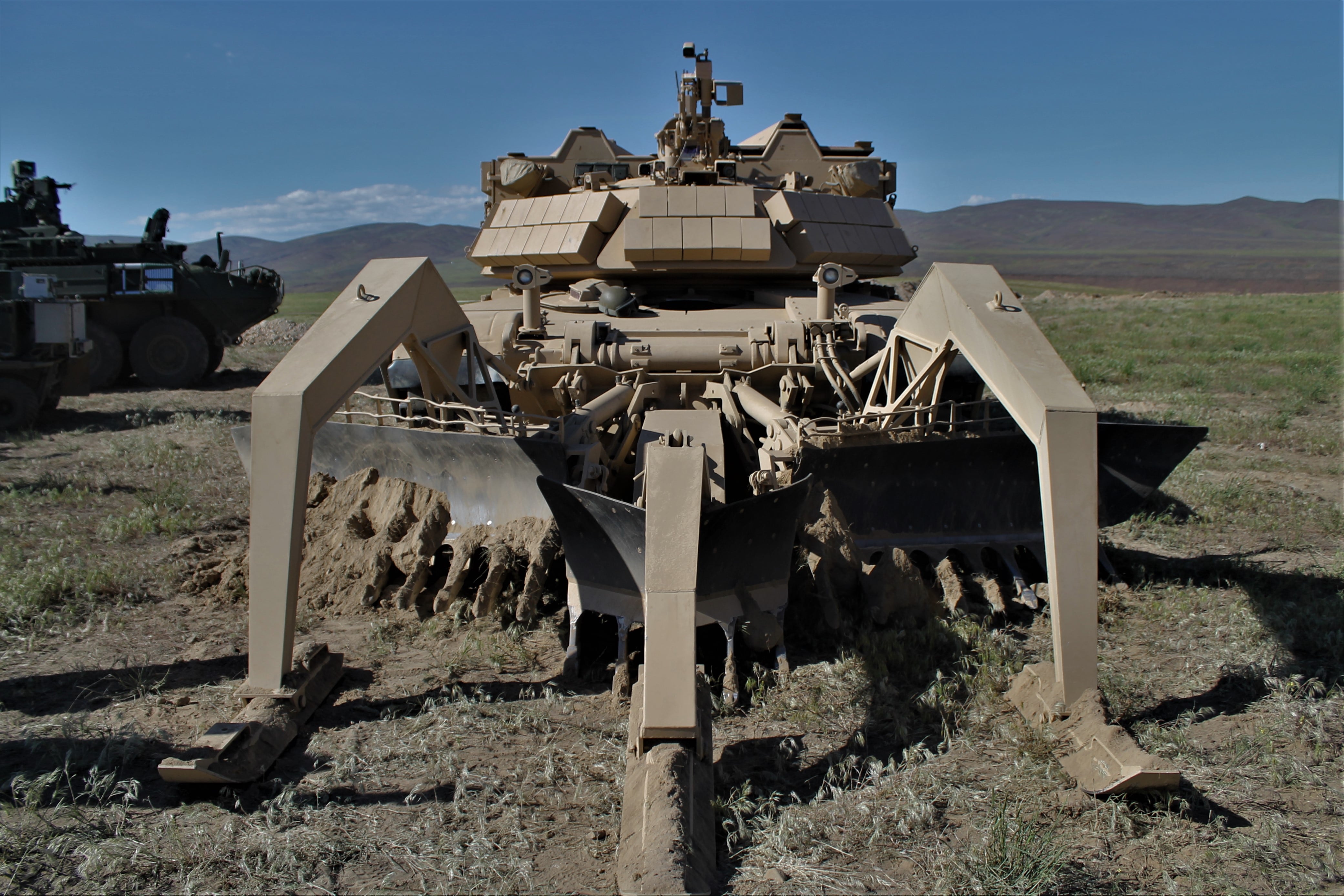WASHINGTON — The U.S. Army has awarded a $16.5 million contract to Robotic Research LLC for footwear-mounted trackers for dismounted soldiers to keep track of each others’ whereabouts in GPS-denied environments or places with poor connectivity.
Robotic Research is best known for its autonomy and robotic technology, and it is already providing the autonomy and navigational capability for the Army’s leader-follower program. The Army has also recommended that those competitively developing robotic combat vehicle prototypes in the light and medium class use the company’s kit.
The WarLoc — or war fighter localization sensor units — will be fielded to forward-deployed personnel, according to a company statement, and the first contract equips four brigade combat teams in various locations.
The first batch, according to Robotic Research, has been shipped.
“WarLoc’s small-form factor and state-of-the-art capability to provide highly accurate localization and positional information in GPS-denied environments make this device a perfect fit for America’s forces tasked with defending our freedoms on the front lines,” Alberto Lacaze, president of Robotic Research, said in the statement.
WarLoc, worn on a boot, will provide positioning data for troops in GPS-denied environments including underground facilities and inside buildings. The capability will allow units to be able to know where each individual soldier is in challenging and complex environments.
“Imagine soldiers going inside of a very large building and getting lost or turned around in an underground facility, and someone else is jamming GPS, or blue force tracker stops working," Lacaze told reporters during a recent visit to the company’s facilities in Maryland. “This allows you to continue that capability, even when GPS is jammed either because of natural causes like being underground or because someone’s purposefully doing it.”
All of this is connected to the Android-based Tactical Assault Kit, which is a piece of software being merged with Nett Warrior.
The special forces community has already fielded WarLoc.
One future concept for the capability, Lacaze said, is using it alongside robotic combat vehicles so that dismounted troops and robots can be aware of each other and team up in GPS-denied environments. And, according to the company, the sensors are not detectable by opposing forces.
RELATED

Robotic Research, in addition to its work in the Army’s leader-follower program, has also automated the Squad Multipurpose Equipment Transport robotic vehicle. General Dynamics Land Systems won the competition to provide the platform, but Robotic Research will be supplying the autonomous capability. In fact, the company supplied the kits to other SMET competitors like Polaris.
Robotic Research continues to rise as a leader in the area of autonomy software architecture and safety-rated computing. It’s Autonomous Ground Resupply, or AGR, capability used in the Expedient Leader Follower program could also find a home at the core of robotic capability with medium and light RCV variants as well as other programs within the military.
But that doesn’t mean Robotic Research has cornered the market or even wants to.
“In a highly simplified metaphor, AGR provides the backbone similar to an app store, leaving the door open for other ‘apps‘ to create content,” Lacaze explained. “While Robotic Research has taken an early role in advancing this technology to benefit the military, by providing open interfaces to the software and hardware modules to our government customer, it allows for broad opportunities for many innovators in industry to contribute to its advancement.”
The company’s technology has also expanded beyond government efforts into the commercial world. Robotic Research also provides autonomous transportation solutions around the world and expects the demand in the commercial sector to continue to grow rapidly.
Jen Judson is an award-winning journalist covering land warfare for Defense News. She has also worked for Politico and Inside Defense. She holds a Master of Science degree in journalism from Boston University and a Bachelor of Arts degree from Kenyon College.








